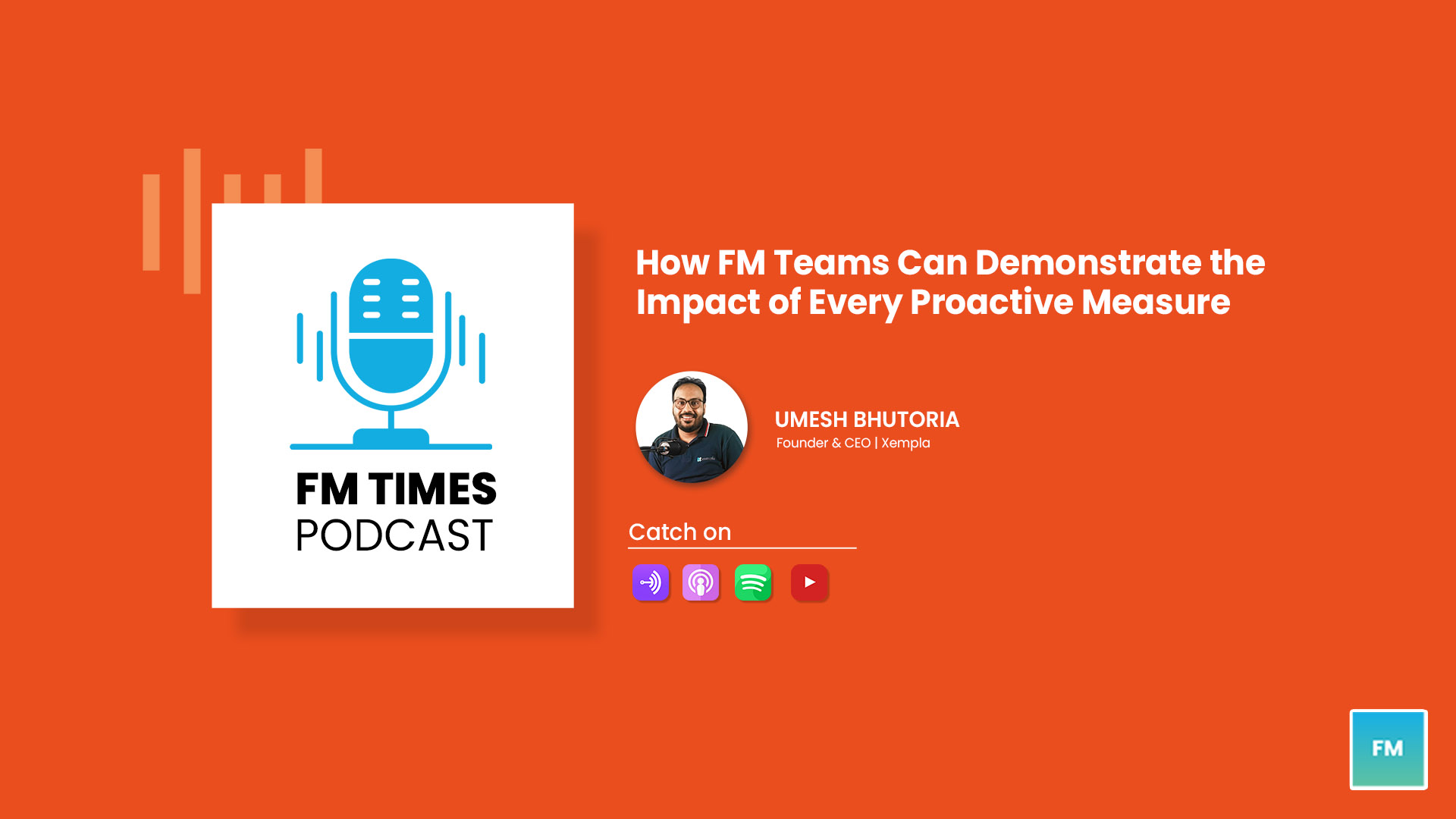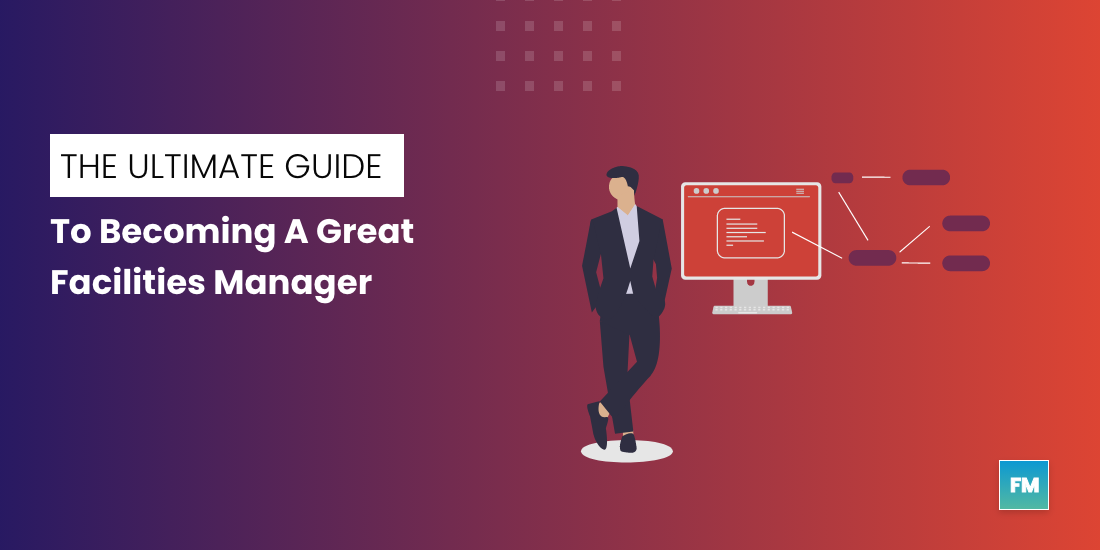Facility managers are responsible for a diverse range of tasks. They are expected to achieve more with less, meet customer expectations, as well as make a proactive impact.
How do they demonstrate the impact of the measures they take?
Through measurement and verification, which are absolutely an important component of energy efficiency.
With a bit of commitment and an understanding of the small yet proactive measures they take to deliver exemplary asset performance, they’ll be proactive in no time.
So now we’re asking every FM team to press the pause button and dedicate a certain amount of time to being proactive.
Our Founder & CEO Umesh Bhutoria spoke about the “black box” technique, which he first presented in his early consultancy days, to show how facility managers can cut costs and drive savings while putting the idea more in the context of facility management.
Here are six steps facility managers can follow to demonstrate the outcomes of the proactive measure they take at the asset level.
#1 Keep it simple. Every saving matters!
Often, facility managers encounter several challenges in order to efficiently maintain their facilities, equipment, and infrastructure. If you’re working on a project to add value, it can be a change in the maintenance schedule, putting in place proper operation standards, or performing any energy-efficiency assessment. Keep it simple, as every savings you make matters.
#2 Define the localised boundary
The second step, which is actually quite easy, impacts your overall planning. Hence, you must define the localised boundary of your project. Let’s suppose, you are working on Air Handling Unit (AHU) maintenance. At that time, selecting a Fan Coil Unit (FCU) or chiller for the facility should come first. You should not consider it as a component of a huge facility; instead, consider it at the localised level.
This would be quite beneficial if you do not have downstream flow metering solutions at your availability. Although your chillers would have BTU metres, it’s unlikely that every AHU or FCU would. Therefore, the majority of the facilities we have seen—roughly 70%—fit this description.
#3 Establish a baseline
Depending on the type of data available, you could use one of the three methods listed below even in the absence of metered data.
- Tick off crucial numbers using operational data from the BMS.
- Utilise measured data obtained from clamp-on metres or power analyzers.
- If data cannot be measured, refer to manuals or standard operating procedures once more.
While having metered data is considered to be the best approach, not every FM company has it. And you must consider the other available alternatives that could uphold the engineering principle.
#4 Time to make a proactive impact
How can you be certain that you are taking proactive measures?
Repeating the process you did in step three will give you the opportunity to make a proactive impact on the current project. By being proactive, you can minimise downtime and maintain the asset for a longer period of time.
#5 Evaluate the difference from all perspectives
Without a doubt, you cannot be proactive if you cannot demonstrate the impact. Here comes our fifth step which is slightly linked to the third and fourth steps.
If you do not have metered data employ all three methods so that you have multiple references, not just one which is likely the ideal situation to be in. As a result, it will be easier for you to establish the difference from all perspectives.
#6 Amplify the process for all proactive measures
Amplifying is really important in the long run. You just need to access the data you require and accelerate the process across the site. At the end of the day, you will make a significant impact, which is visible to all. And, having a plan and process in place will undoubtedly help you with that.
The idea is always to add the small numbers up because they will eventually pave the way to creating a huge impact.
Let’s do a quick recap of all the steps we discussed above.
Whether or not you currently have a set of methods and processes in place to demonstrate the impact of small proactive measures to customers or stakeholders, use this blog as a guide to assist you in taking each small step toward making a big difference.
Even if it takes time, the savings you have made will show up. And although proper downstream metering is essential, it shouldn’t be the last thing that prevents your team from making a proactive impact.

